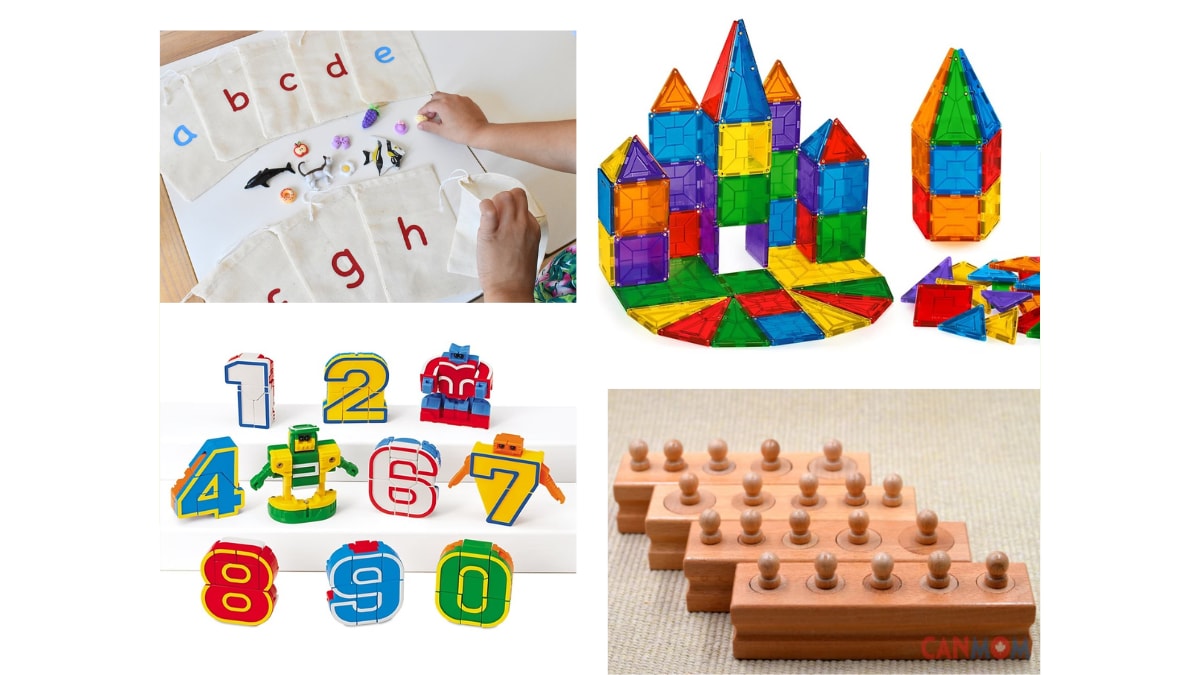There are many tax credits and deductions available to parents and families, but one of the most overlooked and beneficial is taking a tax credit toward the money spent for daycare. These expenses qualify for the child care tax credit (IRS Form 2441) — formally known as the Child and Dependent Care Tax Credit — and if your family has never taken advantage of this tax break, it could be a game-changer the next time you file your taxes.
Millions of families use daycare and child care services, and they can get pretty pricey. While claiming daycare expenses toward a tax credit won’t defray all the costs associated with child care, it can help reduce them significantly. This article will break down what the daycare tax credit is, how to qualify, and how it can lower your final tax bill. And, finally, you’ll get some tips on other deductions and daycare credits that can help everyday American families like yours.
Table of contents
Is daycare tax deductible?
Taking a tax break on daycare expenses is considered a tax credit, not a tax deduction (more on that below). That said, if you paid a daycare center (or nanny, babysitter, day camp or other child care provider) to care for a qualifying child under age 13, you may qualify for a tax credit on those expenses — up to $3,000 for one child or dependent, or up to $6,000 for two or more children or dependents. The majority of families can expect to save up to $600 if they have one child and up to $1,200 if they have two or more children.
Curious about the difference between a tax deduction and a tax credit? According to the IRS website:
- A tax deduction will reduce your taxable income and is calculated based on a percentage of your tax bracket. For example, if you’re in the 20% tax bracket, a $1,000 deduction will save you $200.
- A tax credit, on the other hand, reduces your total tax bill dollar for dollar. So, a $1,000 tax credit will shave $1,000 off your tax bill, regardless of your tax bracket.
How much of a tax credit can I get on my daycare costs?
When calculating the tax credit you can receive on your daycare expenses, the total amount you use may not be more than $3,000 for one qualified dependent or $6,000 for two or more qualifying dependents. If you received other dependent care benefits — such as a Dependent Care Account — the same expenses cannot be applied to both benefits.
According to IRS Form 2441 (the form used for the child care tax credit), the child care credit itself is dependent on your income level, but the vast majority of families should see a 20% credit. But even if your daycare expenses don’t maximize the child care tax credit, even the smallest amount can be helpful.
Is my child a qualified dependent?
In most cases, as long as your child is under age 13, they qualify as your dependent. It gets a little more complicated for qualified dependent children with divorced or separated parents or parents living apart.
The custodial parent will typically be able to claim a tax credit for daycare expenses, even if they cannot or do not claim the child as an exemption on their own return. The custodial parent is considered the parent with whom the child or children spent more nights within a tax year. If they spent an equal number of nights with each parent, the custodial parent is considered the parent with the higher adjusted gross income. Be sure to check the IRS guidelines before filing for details on who can claim the credit in cases of divorce, separation or parents living apart.
Who can claim the daycare tax credit?
To qualify for a tax credit on your daycare expenses, you have to meet certain criteria set by the IRS, which include:
- You must have earned income from employment, such as wages or salary from a job. If you’re married and filing jointly with your spouse, your spouse must also have earned income. Self-employment counts, and full-time students and people who are disabled are exempt from this requirement.
- You must have a filing status of Single, Married Filing Jointly, Head of Household or Qualifying Surviving Spouse with a Qualified Dependent. Married Filing Separately filing status does not qualify for the credit.
- You must have paid for care in order for you and your spouse to be able to work, look for work, attend school, or if you are disabled.
Some parents may not realize they’re able to claim the credit because of the nature of their work. Mary Beth Foster is a freelance writer in North Carolina. Initially, she and her husband were unsure if they qualified because of her self-employment status.
“Because of the freelance nature of my work, he wasn’t sure (if) writing at Starbucks sometimes counted,” she says.
But a little research on their part assured them they met the requirements.
“We figured we ended up saving the few hundred dollars I owed in taxes for my freelance writing since they weren’t taken out of my checks,” Foster says.
What counts as a daycare expense or other child care-related expense?
The IRS considers most types of paid child care eligible for the credit, including:
- Qualified expenses for daycare, babysitters, nannies and domestic workers (like a maid or cook) who provide child care in the scope of their duties.
- Expenses paid for day camps and summer camps, even if the camp is centered around an activity or sport, as long as the camps provided care while you and/or your spouse were working or looking for work.
- Preschool expenses, according to TurboTax, as well as expenses related to nursery school and other pre-kindergarten programs that can otherwise be considered daycare.
- Before- and after-school care costs.
- Expenses related to a nurse or other care provider for a qualified disabled dependent.
Expenses related to kindergarten and schooling beyond that do not count for the credit. Overnight camps are also not considered qualified expenses.
What forms do I need if I qualify for the tax credit?
If your daycare expenses qualify for a tax credit, you’ll need to figure out how to go about claiming it on your tax return. It can seem daunting to add yet another form to your already lengthy return, but this one is well worth it.
You’ll need to complete IRS Form 2441 and submit it with your return. E-file tax sites — like E-file and TurboTax — make the process easy. If you use a tax professional to file your taxes, make sure to tell them of your intention to file and provide them with all the necessary information required on the form.
Some child care providers will send you the required information at the beginning of the year. With others, you’ll need to ask for the information yourself. You’ll need receipts or invoices showing your child care expenses, as well as the name, address and Taxpayer Identification Number (TIN) from the provider.
Once you have all the information, it’s as easy as handing it over to your accountant or tax preparation professional or plugging the numbers into your e-return.
What if I don’t qualify for the tax credit?
If your daycare expenses don’t qualify for the child care tax credit, don’t worry. There are plenty of other child-related deductions or credits that may help you save a little money or get a little more back from Uncle Sam.
- The Child Tax Credit provides up to $2,000 per child under age 16.
- The number of children you have can determine your eligibility for the Earned Income Tax Credit, which can be a huge savings. For example, in 2023, if you had three or more children and earn less than $56,838 as a single person or $63,398 as a married couple, you are eligible for this credit.
- There are several credits for education-related expenses, such as the American Opportunity Tax Credit and the Lifetime Learning Credit. Keep in mind, at the federal level, only college-related expenses qualify for tax credits. But the value of these tax credits ranges from $2,000 to $2,500.
- The Adoption Credit helps parents who adopted a child in the tax year. Any child under 18 or children with special needs who cannot care for themselves are eligible. In 2023, the maximum adoption credit is $15,950 per qualifying child.
In addition to these tax credits, investing in your child’s education through a 529 plan is another way to save on taxes. While these investments aren’t a deduction or credit, the interest earned in an authorized 529 plan isn’t subject to federal income taxes. Additionally, you don’t have to pay federal income taxes on the money if it’s withdrawn and used for qualified higher education expenses.






